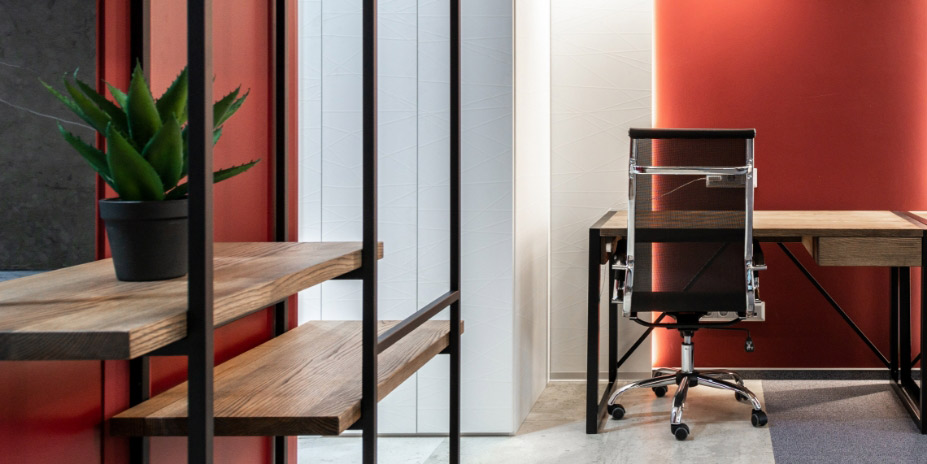Unleashing Imagination: The Art of Story Writing for Children

In the essence of each one of us-adults, lies a tape of memories, painted with the vibrant hues of cherished fairytales that are engraved in our hearts since childhood. Those stories stick around like a good old song, a sprinkle of a magical dust in our thoughts that never really fades away. I bet as you’re reading this, you’re immediately thinking of that one specific fable that keeps connecting you to your childhood.
This is the power of story writing we’re talking about, those fairytales that left you on the edge of your seat each time you read them.
But to feel that rollercoaster of emotions, there must be writers whose magical hands wove the tapestry of imagination within the pages. Just like a magician’s wand, they create a world that dances in the minds of young readers. It’s an honor to recognize writers as artists, who use their literary brush to paint words, creating a lifetime masterpieces.
Actually, traveling back to the past, humans started telling stories the moment they could speak a language. Slowly these stories began to become written for the purpose of spreading knowledge end events. Because of the fanciful and magical style they had, people actually embraced them. The core theme of fairytales and fables revolves around the pursuit of magical tools, and individuals and creatures’ superpowers that empower protagonists to undergo profound transformations, shaping both themselves and their surroundings into a more harmonious existence to find solutions for problems they face.
The magic lies in creating a world with no boundaries to creativity, where characters come to life, an adventure unfurls in the heart of unknown, weaving tales of mystery and discovery, and hidden lessons waiting to be embraced and learned.

Let’s dive into the magical world of fairytales and explore why creating such stories is not just a child’s play, but a crucial element of their development.
1. The infinite imagination
Writing a fable for children allows writers to unlock a whole astonishing world where anything is possible and where dreams come true. Imagination knows no limit. Through talking animals, mystic creatures, heroes with superpowers and wicked witches, our little readers are transported to dreamland where they are encouraged to dream big, think outside the box and explore endless possibilities. Writers have a limitless pass to fantasy, they literally can write about anything they think of, and add a twist of magic. How cool is that! Picture this: dogs flying, a princess trapped in a monster’s castle, or even a boy who can talk to animals on a journey in an enchanted forest. The ideas never end.
2. Stories with wisdom
Remember those precious life lessons in between the lines of your favorite fables? From “Don’t judge a book by its cover” to “Follow your dreams”. Beyond the enchanting stories awaits profound morals and timeless values. Fairytales are more than entertainment, they’re like hidden gems of wisdom, they teach kids important lessons, and they do it effortlessly. They instill valuable lessons in a subtle way. This can positively form a child’s personality. Let me clear it for you, “The Ugly Duckling”, for example, teaches children about accepting your differences and others differences. This means feeling like an outsider doesn’t diminish our worth, but it adds to the uniqueness we bring to the world.
3. Read – learn – grow
Fairytales provide a series of emotions in young readers. They aren’t just a smooth ride on a calm sea; they’re a tumultuous journeys with waves of excitement, moments of fear, bursts of joy, a sometimes a tear or two. Experiencing such emotions helps children better understand what they’re feeling and why they’re feeling that way. As they’re embarking the adventure throughout the story, they develop a connection with the characters, which opens a safe zone for them explore complex emotions and how to handle them.
4. Unlocking the power of words
Have you ever observed the distinguish linguistic charm in fairytales and fables, with their elaborate vocabulary and vintage expressions? It’s like you’ve unfolded a path to an place where fantasy dances freely, and every word you read has its own charm, crafting a mesmerizing gateway into the realms of fascination. Imagine the power these words have on children, and the ability they have to set their imagination ablaze, encouraging a love for languages. When immersed in a diverse array of vocabulary, phrase construction and linguistic patterns, young readers enhance their speaking reading skills. These fairytales allow the spreading of new words, in a story context, to make it smoother for children to grasp their meaning. It’s really a fantastic way for language development.
5. Cultural discovery
As children dive into the magical world of fairytales, they are introduced to various cultures beyond their own. Imagine your child having a virtual passport or time machine that takes them to the world of unknown, where they embark on quests to solve hidden mysteries within the pages. Fairytales successfully create diversity that help young readers appreciate cultural hybridity.
6. Conquering the unseen
As fairytales present witches, mystical creatures and superheroes, they also indirectly reflect real life challenges and struggles. Children relate to every detail in the story to their everyday lives. So, by following the events from beginning to end, this might help them manage with difficulties they undergo at a young age.
End Note
These are just a few reasons why story writing is not writing down words to fill empty pages, but it’s a gateway to many readers that seek an escape from reality. Keep in mind that each fairytale and fable echoes the past, is a grant for the present, and acts ahead as a guiding light to bright young readers. They’re the basis of their imagination, personality, and even their emotional and social development. It’s truly the secret potion for a world of fantasy and magic.




